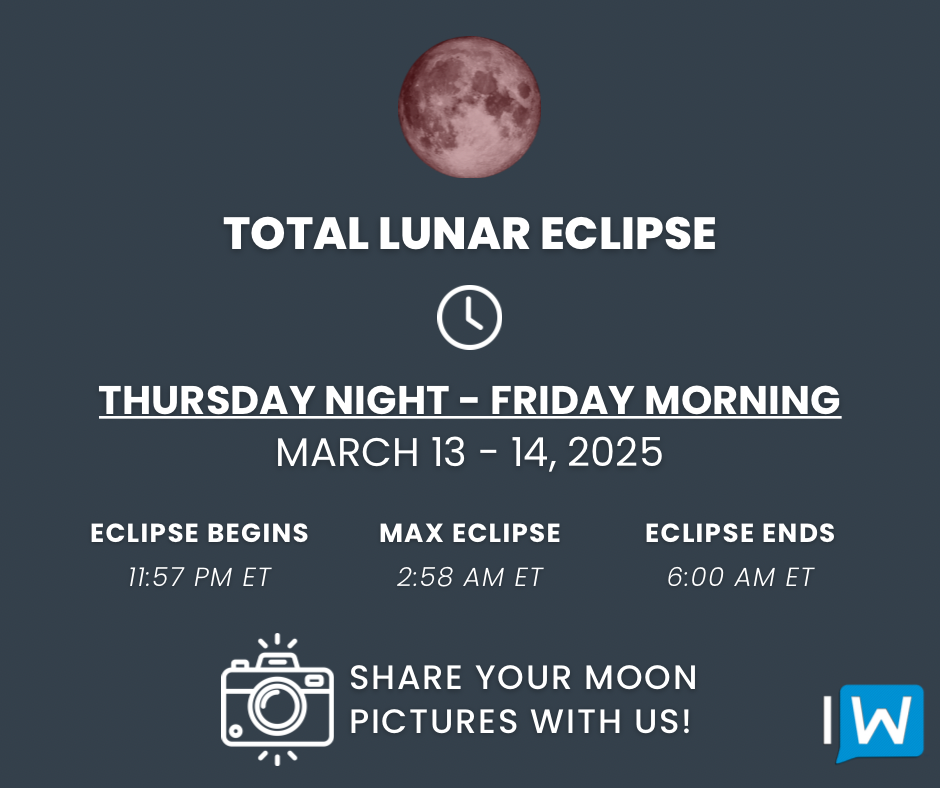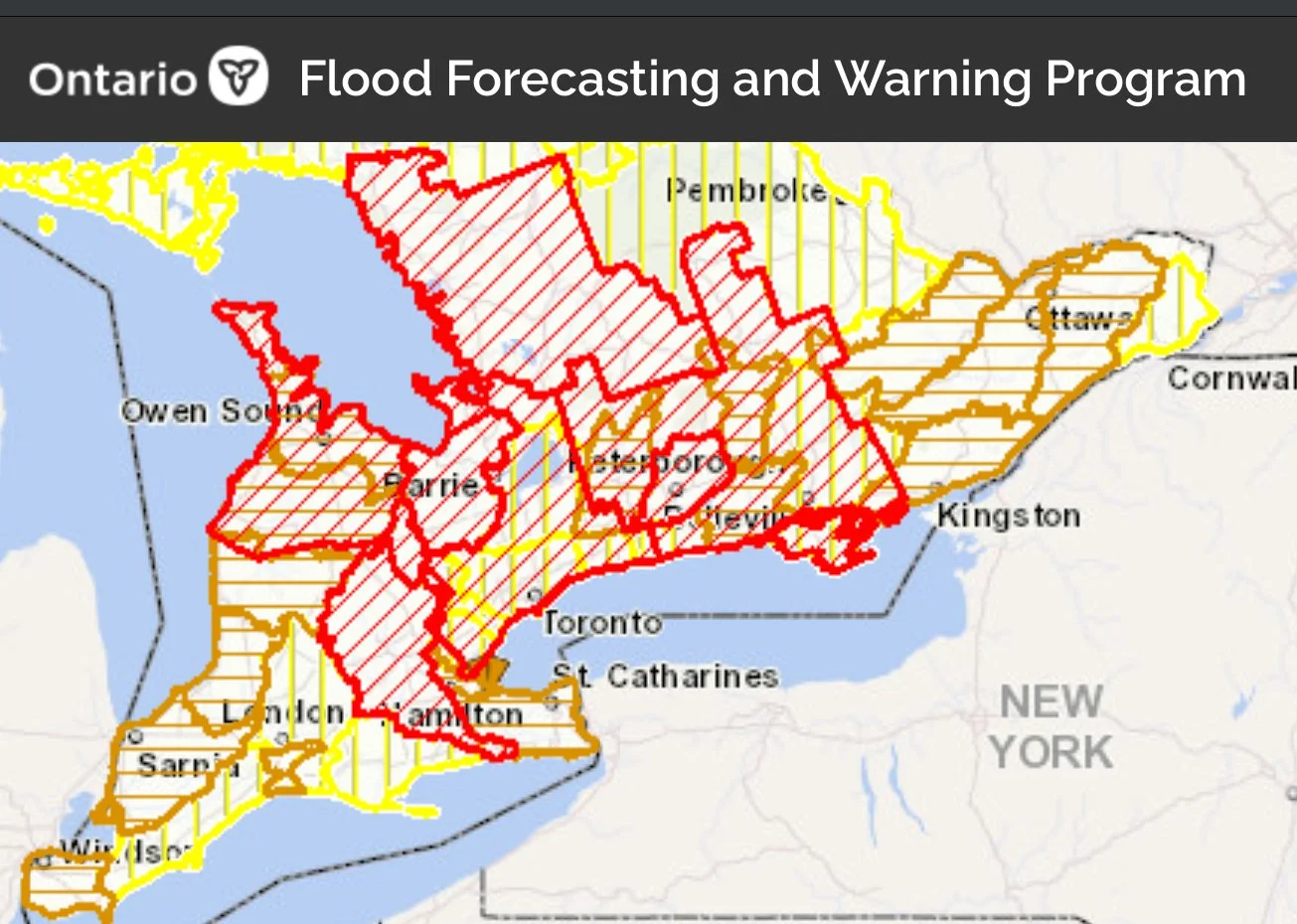'Snow Day' Forecast: Heavy Snow Likely to Cancel School Buses in Parts of Southern Ontario on Tuesday
/For an updated list of school bus cancellations & school closures, please visit our live article: https://instantweatherinc.com/article/2025/4/8/bus-cancellations
As we move into April, the chances of school bus cancellations continue to shrink with each passing day, especially as we begin to leave winter weather behind. However, winter isn’t done with us just yet. A late-season blast of snow could bring another round of disruptions to parts of Central and Eastern Ontario, with snowfall totals potentially reaching up to 25 cm over the next 24 hours.
The greatest potential for school bus cancellations lies in the northern sections of Central and Eastern Ontario, where snowfall warnings are currently in effect from Environment Canada. Areas most at risk include the Near North region—covering East Parry Sound and North Bay—as well as North Hastings under Tri-Board, and Renfrew County.
In these regions, the chance of a snow day is estimated at over 75%. However, while conditions are certainly favourable, the expected snowfall amounts sit right at the borderline for cancellations, so there isn’t enough confidence to push the probability up to 90%.
In the Ottawa region, even though a snowfall warning is also in place, the area is predominantly urban and has a higher tolerance for winter conditions when it comes to school transportation decisions. Historically, it takes a significant snowfall event to warrant widespread cancellations. Because of this, the probability has been set at a lower 25%.
That said, some weather models are showing the potential for more than 20 cm of snow in the area, and if those more aggressive forecasts come to pass, Ottawa’s snow day risk could increase sharply overnight.
Moving further south and west, the likelihood of school bus cancellations drops noticeably. Snowfall totals in these areas are expected to be much lower and likely won't reach the levels needed to trigger cancellations.
An exception to this could be communities along the Lake Huron shoreline. In these areas, heavier lake-effect snow bands may develop overnight, especially when combined with strong wind gusts, creating blowing snow and reduced visibility. Because of this, we've assigned a slight 25% chance of cancellations in those zones.
Meanwhile, no significant impacts are expected across the Greater Toronto Area (GTA) or Deep Southwestern Ontario. These regions are forecast to receive only a dusting of snow at most, with many areas likely to see little to no accumulation over the next 24 hours. As a result, we aren’t anticipating any school bus cancellations in these parts of the province.
Disclaimer: Instant Weather has zero authority when it comes to bus and school closures.
It is completely up to the school boards, bus companies, local authorities, and parents to decide what is best for their children. This is our best guess based on our forecast.





















































































